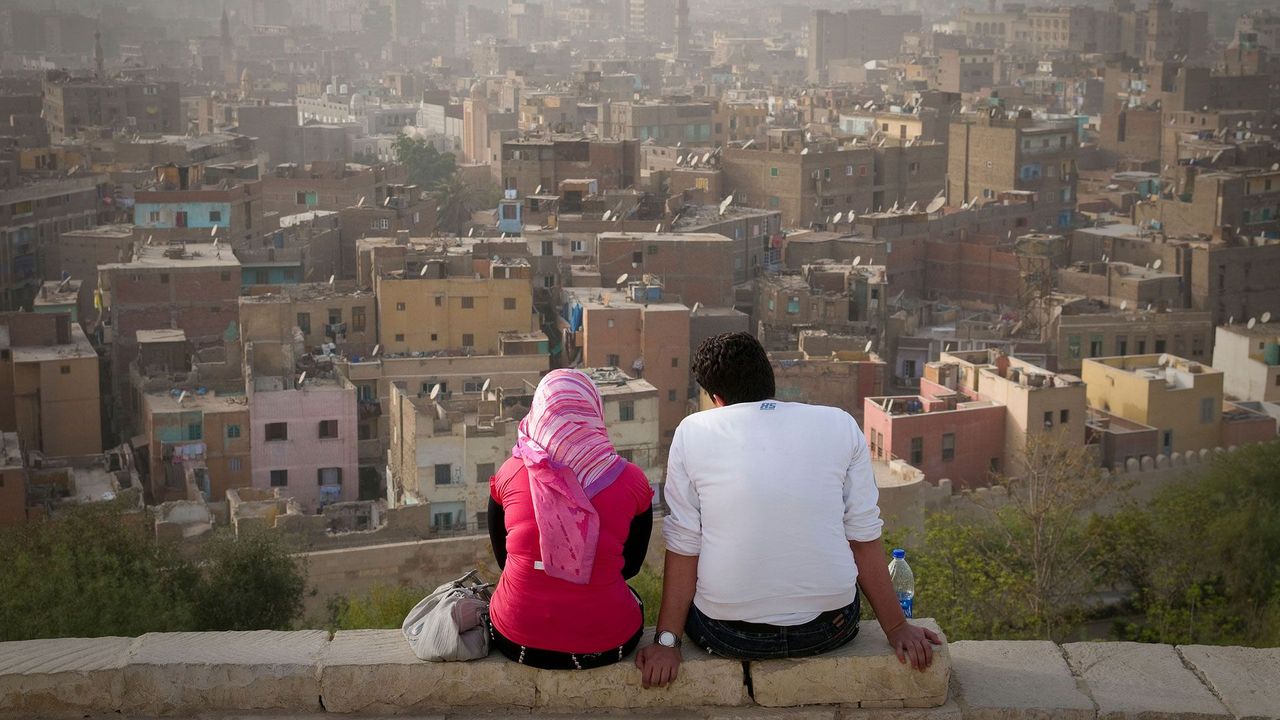
WEIGHT: 59 kg
Breast: B
One HOUR:80$
Overnight: +40$
Services: Trampling, Uniforms, Deep throating, Role playing, Hand Relief
The Great Pyramid of Giza [ a ] is the largest Egyptian pyramid. Built c. Initially standing at Over time, most of the smooth white limestone casing was removed, which lowered the pyramid's height to the current The base was measured to be about The Great Pyramid was built by quarrying an estimated 2. The majority of the stones are not uniform in size or shape, and are only roughly dressed. Primarily local limestone from the Giza Plateau was used for its construction. Other blocks were imported by boat on the Nile : white limestone from Tura for the casing, and blocks of granite from Aswan , weighing up to 80 tonnes, for the "King's Chamber" structure.
There are three known chambers inside of the Great Pyramid. The lowest was cut into the bedrock , upon which the pyramid was built, but remained unfinished. The so-called [ 9 ] Queen's Chamber and King's Chamber, which contain a granite sarcophagus, are above ground, within the pyramid structure. Hemiunu , Khufu's vizier , is believed by some to be the architect of the Great Pyramid. The funerary complex around the pyramid consisted of two mortuary temples connected by a causeway one close to the pyramid and one near the Nile ; tombs for the immediate family and court of Khufu, including three smaller pyramids for Khufu's wives; an even smaller "satellite pyramid"; and five buried solar barques.

The Great Pyramid of Giza was the tomb of pharaoh Khufu, [ 11 ] and still contains his granite sarcophagus. Make your grave well furnished and prepare thy place in the west. Look, death counts little for us. Look, life is valued highly by us. The house of the dead the tomb is for life. In ancient Egypt, high social status was considered absolutely positive, and the monumental social inequalities were symbolized by gigantic pyramids versus smaller mastabas.
The sizes of tombs were regulated officially, with their allowed dimensions written down in royal decrees. In the Old Kingdom only kings and queens could have a pyramid tomb.

Architectural layout and funeral equipment were also sanctioned, and were, like access to material and workers, at the discretion of the king. The Great Pyramid's internal chambers lack inscriptions and decorations, the norm for Egyptian tombs of the fourth to late fifth dynasty, apart from work-gang graffiti that include Khufu's names.




































